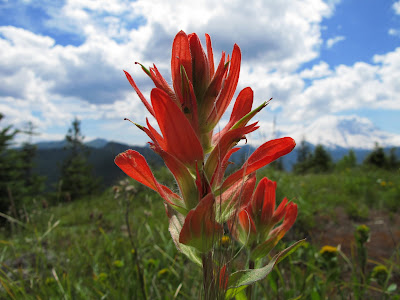


We went out to the Lummi reservation and found these canoes that would inspire our canoe project. When Lewis and Clark arrived on the Northwest Coast, near present-day Astoria on the Columbia River, they were so taken aback by the canoe-building skills of the Clatsop and Chinook tribes. William Clark, on October 23rd, 1805, wrote:
“I observed on the beach near the Indian Lodges two Canoes butifull of different Shape & Size to what we had Seen above wide in the midde and tapering to each end, on the bow curious figures were Cut in the wood &c. Capt. Lewis went up to the Lodges to See those Canoes and exchanged our Smallest Canoe for one of them by giveing a Hatchet & few trinkets to the owner who informed that he purchased it of a white man below for a horse, these Canoes are neeter made than any I have ever Seen and Calculated to ride the waves, and carry emence burthens, they are dug thin and are suported by cross pieces of about 1 inch diamuter tied with Strong bark thro holes in the Sides.”
Bill Kindler, our friend and mentor in this project, has made the point that in making canoes: Perfection is driven by fear, but beauty is inspired by love. Looking at other wooden boats and seeing the love put into them, we have been inspired.














































